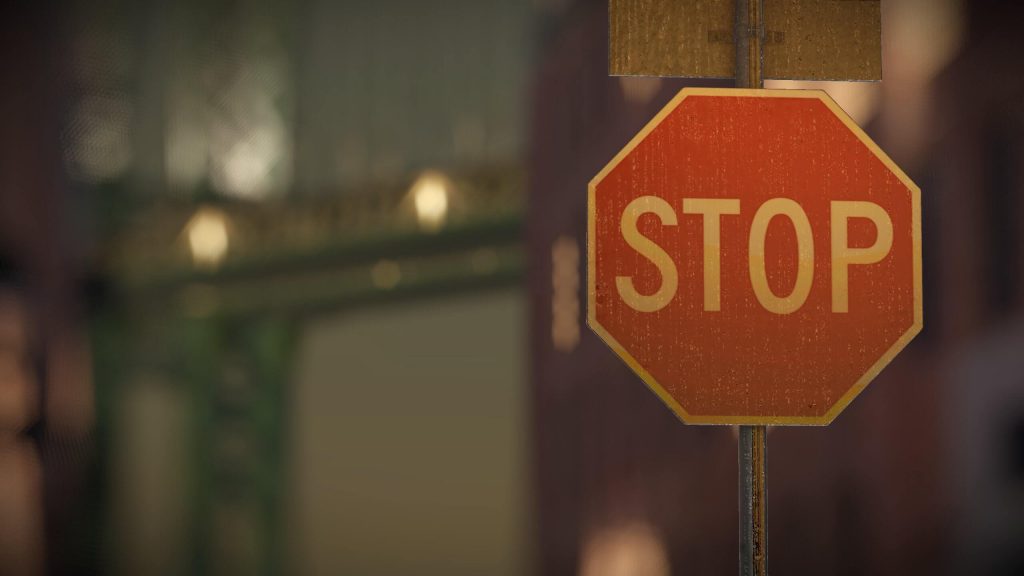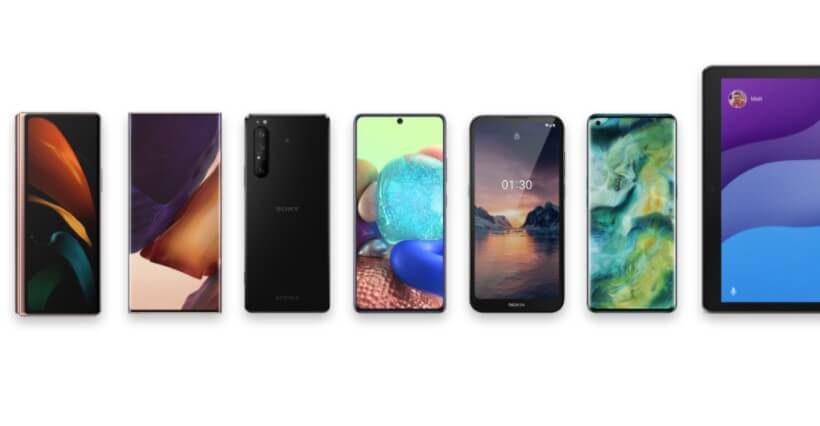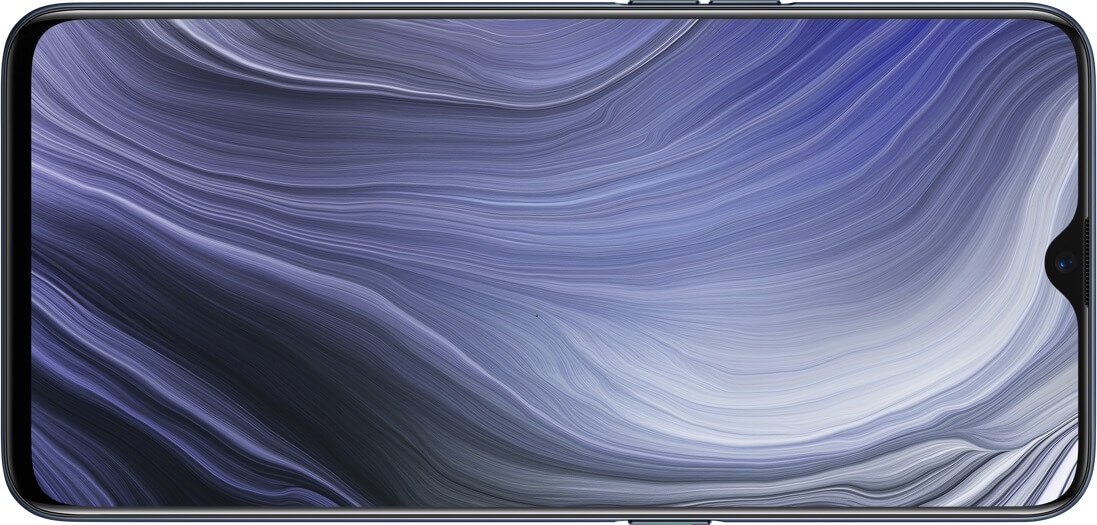- 17 April 2018
- Benny Har-Even
While these days most of us with a smartphone might take gaming on mobile for granted many of us with older memories will recall that it’s actually a relatively recent development. In the days of basic Nokia phones, the likes of Snake ruled the roost (is that a mixed metaphor?). In fact, it’s now viewed as a cool ‘retro’ game. Ah, millennials…
Today, however, we can enjoy visually complex games on our phones that can rival what can be achieved on a desktop – and as the first mobile GPU to offer genuine graphics performance, PowerVR technology was key in making it possible from the beginning. With the displays on our smartphones getting ever larger and better in quality, mobile devices are providing an even better canvas on which to enjoy graphically rich games.
So what makes a game rival what a user would see on a desktop computer or a console? The answer is not just pixels and resolution, (though of course, they are important). Rather it is post-processing effects. These are visual effects that apply filters to what is drawn on the screen, such as bloom, colour grading or vignette.
Depth of Field
Another key technique is applying depth of field, something with which anyone familiar with serious photography will be familiar. It’s a technique known as bokeh, where you control the focus of the scene, usually blurring the background and bringing the foreground into sharp relief. It can be used to draw the user’s eye to a particular part of the scene or to enhance the mood or emotion in games – a topic so involved that people have written books about it.
Depth of field is actually a complex thing to achieve in graphics, and especially in smartphones, where performance, is, of course, limited by mobile power budgets. It can be done though, and at the recent Game Develop Conference, we demonstrated depth of field running on PowerVR.
This effect has traditionally been achieved with a simple blur pass over a standard dynamic range (SDR) image. This can be done fairly efficiently but doesn’t quite cut in terms of aesthetics as the image ends up being relatively smooth and uniform instead of having the sharp highlights one would ideally want.

A more modern take on real-time depth of field (as described by Colin Barré-Brisebois) is one that manages to exhibit sharp bokeh shapes using more complex blurs on high dynamic range (HDR) images. Such a method has become extremely popular in AAA games on both PC and console, but less so on mobile. The reason for this boils down to bandwidth: the amount of data that needs to be passed around when filtering HDR images is usually doubled, causing the GPU to constantly wait for that data to be available, which leads to poor performance.
Now, as it turns out, modern mobile devices have come a long way and, with a few changes to the depth of field process, real-time performance can be achieved with a few small trade-offs. In the case of the Sky Lantern demo, the HDR colour information was packed into the same amount of data as a standard SDR image, meaning that the bandwidth requirements were essentially halved, so it’s now on par with the more traditional methods.
As I’m sure you’ll agree from viewing the video, even in this relatively simplified implementation the effect is visually pleasing and provides a sophisticated look that can be used to enhance either cutscenes or even real-time gameplay. It provides an extra bit of sheen to help make mobile games complete with desktop and console.

This demo was produced on a Meizu Pro 7 Plus device containing at MediaTek X30 chipset featuring PowerVR Series 7XTP graphics. Our top-of-the-line Furian architecture offers groundbreaking levels of performance and with future devices based on this now in the pipeline, it won’t be long before end users will be able to enjoy games that even a few short years ago would not have been considered possible providing even less reason to resign yourself to playing Snake on the train. Thanks to PowerVR, mobile gaming has a bright future ahead.
To keep up to date with Imagination you can also follow us on Twitter for updates at @ImaginationTech, LinkedIn and also on Facebook






